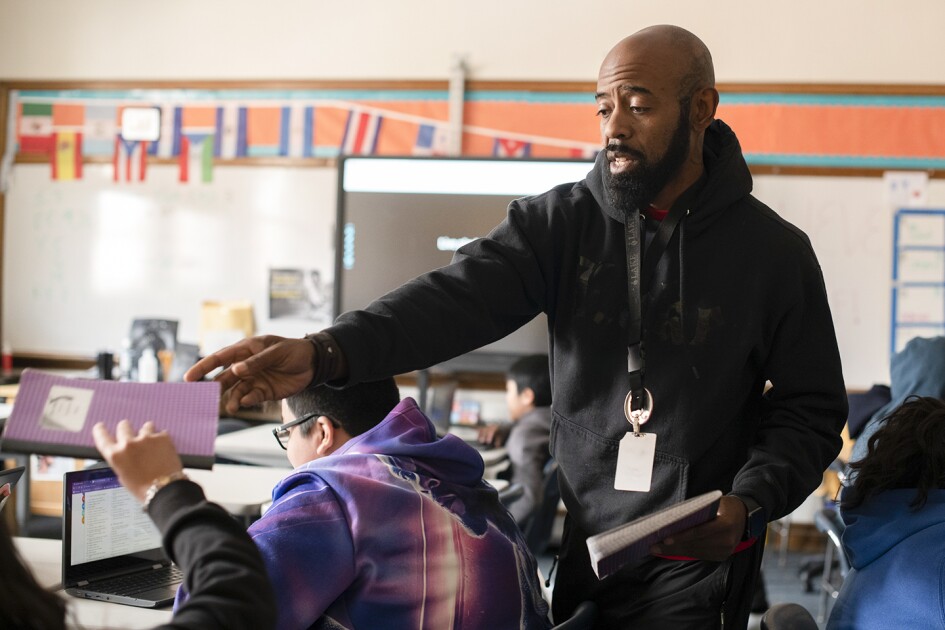
The most remarkable feature of humankind is the flexibility of our brains. This neuroplasticity—or the brain’s ability to adjust its activities in response to new situations—is what has allowed our species to make dramatic changes from generation to generation. Humans have evolved from small hunter-gatherer clans to urban, digitally connected, international communities. The most malleable part of our brain is the neocortex, which can absorb and store more bits of information than the brains of any other species. This capacity for cognitive thinking allowed us to create language, democracy, and thousands of other inventions.
In fact, our most remarkable invention is public education: a structured system to provide the social and cognitive stimulation children need to take advantage of their brain’s malleability and develop knowledge and skills in mathematics, science, and history. By providing structured cognitive and social experiences, the U.S. public education system has expressed the potential of millions of children, which has, in turn, led to invention, creativity, and productivity that has transformed the world.
The key to the success of any educational experience is the capacity to “get to the cortex.” Yet, each year, nearly one-third of all children attending U.S. public schools will have significantly impaired cortical functioning due to abuse, neglect, domestic violence, poverty, and other adversities. Understanding the effects of trauma on a child’s brain and how these effects alter the ability to learn is essential to improving our public education system.
The brain has a set of crucial neural networks that mediate stress response. When children have attentive caregiving at home and supported emotional, motor, social, and cognitive experiences throughout their early years, they develop a well-regulated stress-response system. This leads to experiences in learning and growth that shape a child in positive ways.
When trauma or unpredictable stress brought on by poverty alters these systems, the neural networks involved in the stress response stop working properly, which can lead to emotional, behavioral, and learning problems. Trauma-related alterations to these systems can shut down areas of the brain that would normally control impulses of the neocortex. This makes it much more difficult for children to learn traditional cognitive content in school, including the ability to learn to read.
Children who have experienced trauma will be in a persistent state of alarm and less capable of concentrating when they enter classrooms. Because of this, they will pay more attention to the nonverbal cues of a teacher, such as tone of voice, body posture, and facial expressions. Unless teachers adopt some regulating practices for those students, such as meditative breathing or rhythmic motor activity, children will remain in the alarm state, impairing cognitive learning.

The effects of trauma on student learning have implications for understanding the achievement gap. Even without overt experiences of trauma, children who live in stressful environments of poverty don’t internalize new information at the same rate as children who enter the classroom in a calm state. Year after year, traumatized students learn at a slower rate, disengage, and ultimately fall behind—a vicious cycle that all too often leads them to drop out of school.
Fortunately, there are proven practices, programs, and policies that can help prevent and heal stress and trauma-related problems within a school community and in the classroom. When teachers understand the effects of trauma, they can begin to better understand the children who experience it and effectively address behavioral problems. The integration of relationally based disciplinary models and self-care for students, as well as secondary-stress-reduction practices for teachers and trauma-sensitive policies within a school can all make a difference.
Successful neuroscience- and trauma-informed education practices, programs, and policies show that when children feel safe and connected, our greatest invention—public education—can be more effective in helping express the potential in all students.







